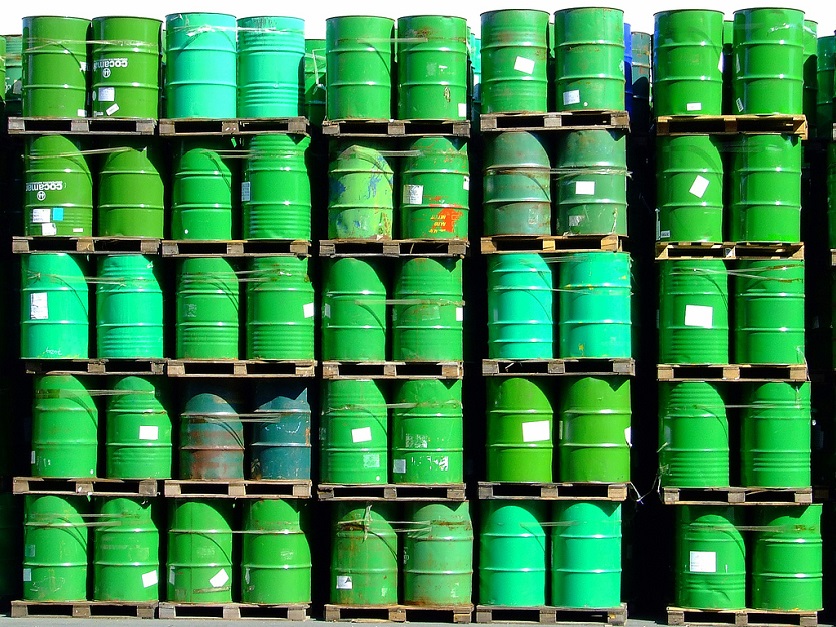WASHINGTON, July 26, 2017 - The Energy Information Administration is reporting new highs in production of both ethanol and petroleum. While ethanol averaged 1 million barrels a day (b/d) for the first half of 2017, crude oil averaged 9.3 million b/d for that period. Both fuels are on track for a landmark production year.
Corn, the primary feedstock of ethanol, has recorded large harvests in recent years, contributing to the increased ethanol production. Relatively stable corn prices have contributed to boosting ethanol output. U.S. ethanol plant capacity increased for the fourth consecutive year in 2017. If ethanol production remains relatively high through the second half of the year, 2017 will set a record for annual fuel ethanol production, EIA says. Total ethanol production is expected to reach 1.02 million barrels per day in 2017, a rate equivalent to 15.8 billion gallons.
Crude oil production is forecast to increase 500,000 barrels per day in 2017, from 2016. EIA projects crude oil production will reach 9.9 million b/d in 2018, surpassing the 1970 record of 9.6 million b/d. This growth is expected to come from tight rock formations within the Permian region in Texas and from federal waters in the Gulf of Mexico.
U.S. motor gasoline consumption has grown the past four years, increasing from 8.7 million b/d in 2012 to 9.3 million b/d in 2016, resulting in an increase of 7 percent in additional ethanol demand by way of E10 blending that has helped to support consistent growth in ethanol production over the same period.
As of July 14, weekly ending stocks of ethanol this year reached 22.1 million barrels, 5 percent higher than the same time last year and 13 percent higher than the previous five-year average. Ethanol inventories reached a record level of 23.7 million barrels for the week ending March 31. U.S. propane stocks increased by 3.5 million barrels last week to 65.7 million barrels as of July 14, 21.7 million barrels lower than a year ago.
#30



